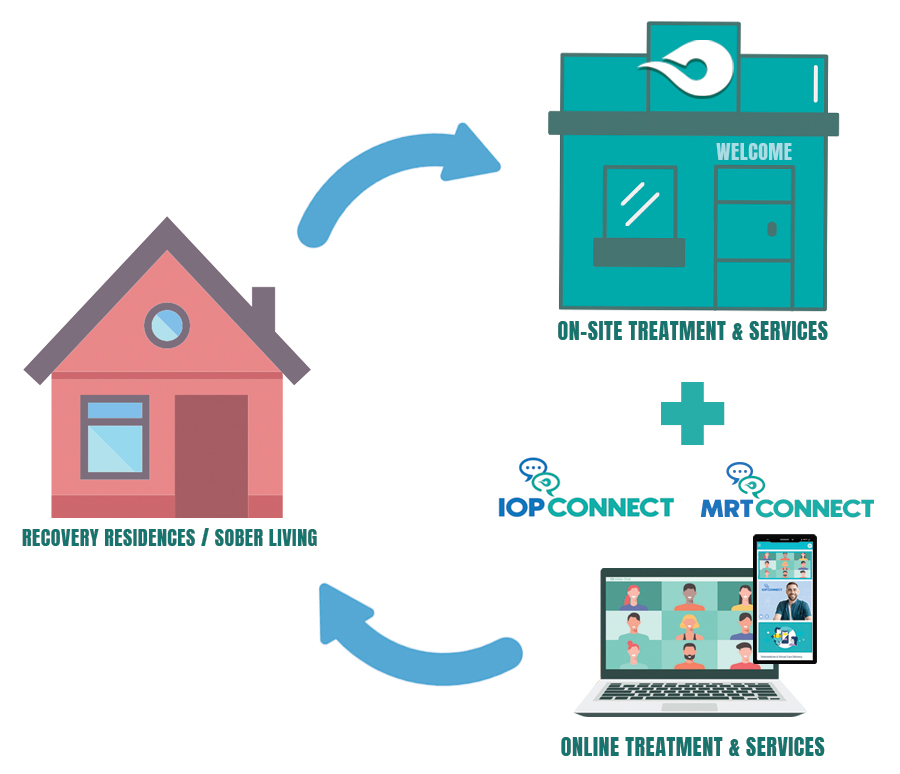
Recovery and sober living residences have become a critical part of recovery models, and offer individuals a chance to have a safe and substance free environment to live. Many residences incorporate their own structures and action programs to help individuals continue their treatment and seek help in 12-step fellowships and other programs.
At Break the Cycle, we offer scholarships (learn more), helping individuals as they come into these residences, find the right continuum of care they need to be successful at addressing their SUD and Co-Occurring disorders. Our online IOP CONNECT (learn more) is perfect for individuals who are willing and prepared to get treatment…without missing a beat. We highly suggest that individuals who are coming into residences, take the opportunities to speak with one of our intake coordinators, avoiding the pitfall of “hesitation”. We have found that there is a higher chance of success in recovery, if individuals stay pro-active in their treatment.
- Although the exact number of recovery residences is currently unknown, there are many thousands of such residences operating in nearly every state across the nation.
- Recovery residences in the U.S. span from low to high service intensity and meet the needs of residents at various stages of recovery.
- Most individuals in recovery residences have past or current involvement in addiction treatment and participate in 12-Step or other recovery mutual aid organizations during their time in the recovery residence.
- Participation in a recovery residence decreases in-treatment and post-treatment relapse rates and significantly increases recovery outcomes (using such recovery measures as sustained abstinence rates, improvements in global health and social functioning—e.g., high rates of employment) at up to two-years of follow-up. Longer-term (5-10 years) follow-up studies have not yet been conducted.
- These benefits extend to women and women with children, and persons with co-occurring psychiatric diagnoses.
- These benefits are contingent on adequate lengths of stay (more than 6 months in level I recovery residences) and a supportive community environment.
- Research to date generally finds that recovery residences do not negatively affect neighborhoods and may even provide benefits to the communities in which they are located.
SOURCE A Primer on Recovery Residences in the United States (Jason, Mericle,
Polcin, White, & the National Association of Recovery Residences, 2012)

